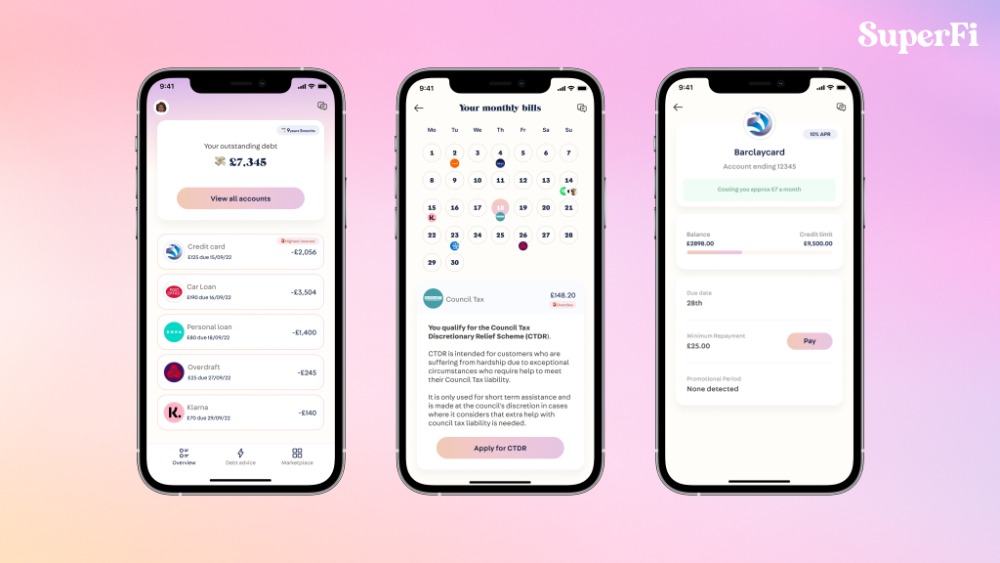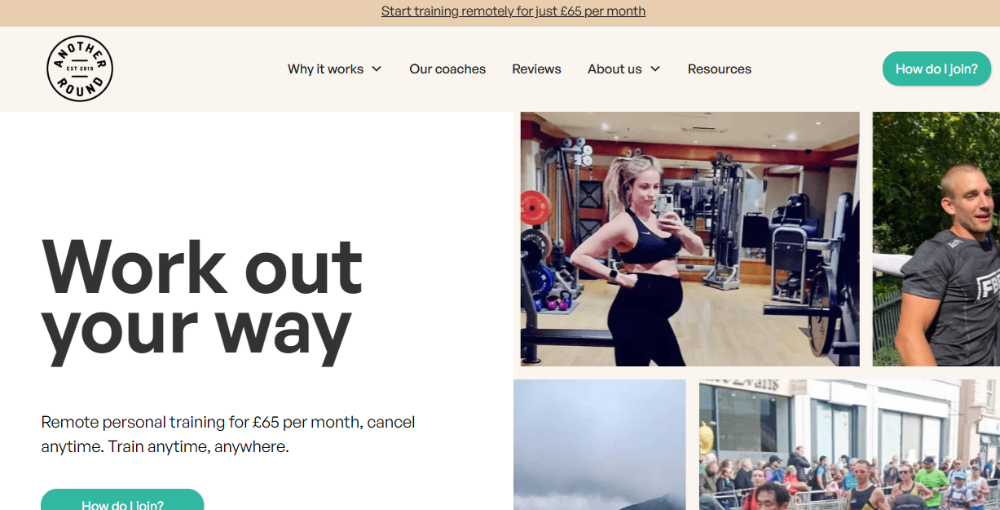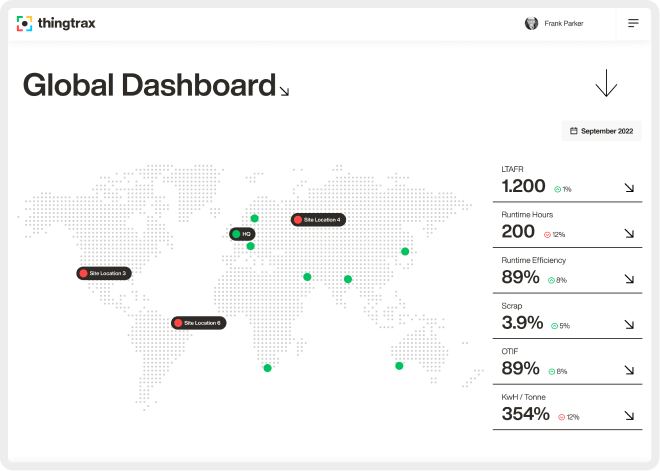Why startups should be taking a multi-pronged approach to app marketing

by Startacus Admin
Thomas Kriebernegg, Managing Director and Co-Founder of app marketing and analytics platform App Radar, shares insights on why startups should adopt a multi-pronged approach to app marketing.
Whether your startup’s app is central to your business model to generate revenue or intended mainly for branding reasons, apps have long become a day-to-day standard for businesses and consumers. In fact, a recent survey has revealed that almost half (48%) of small businesses have an app to connect with their customers.
.jpg) That’s why marketing your app properly has never been more important and has become an integral part of a business’ marketing strategy. But for it to be effective, app marketing has to take into consideration the whole ecosystem that affects your app’s marketing performance. Whether it is app store optimisation (ASO) or combining organic and paid user acquisition (on both Google App Campaigns and Apple Search Ads), startup marketers need to look at data holistically and ask the right questions when analysing an app’s performance.
That’s why marketing your app properly has never been more important and has become an integral part of a business’ marketing strategy. But for it to be effective, app marketing has to take into consideration the whole ecosystem that affects your app’s marketing performance. Whether it is app store optimisation (ASO) or combining organic and paid user acquisition (on both Google App Campaigns and Apple Search Ads), startup marketers need to look at data holistically and ask the right questions when analysing an app’s performance.
The days of pure organic growth are over
While a few years ago ASO may have been the most important part of your app marketing strategy, to stay competitive in the busy app marketing landscape, you need to power up your User Acquisition (UA) strategy. This does not mean that ASO is no longer important - it sure is - but it has to be combined with your paid user acquisition strategy for an app’s sustainable growth as both have the main goal to drive quality conversions while maintaining a low cost per conversion.
To start with, you need a solid ASO foundation to maintain a stream of high quality users across channels. It is essential as the user will ultimately land in your app store listing. You are literally wasting your money if you haven't invested time in ASO and optimising your store listing.
Paid user acquisition can lead to more organic app installs. Ads will bring new attention to your app store listing. The more installs your app generates, the higher your app will be ranked in the app stores. As a result, it increases visibility across search results and browse sections. Due to increased visibility, more and more users will land in your organic store listing and download your app. Hence the growth loop continues!
A successful strategy is about understanding the correlation between ASO and paid user acquisition efforts. You need to understand how your paid funnel impacts organic growth and vice versa.
Analysing your app’s performance
After putting a lot of effort into optimising your UA, don’t just sit back and hope to see perfect results. Throughout the campaign you should be analysing your app’s performance and asking the right questions. You'd probably like to know how much growth your ASO efforts brought. Or was it your paid UA traffic that led to an increase or decrease? It can be challenging to answer all these questions, especially considering many factors that can play a significant role. As an example, let’s look at a couple scenarios.
Scenario 1: A drop in app installs
Seeing a drop in installs? It might be concerning at first sight. However, the good news is that there is most probably an explanation for every decrease in installs. And for every problem, there is also a solution.
One crucial impact factor you need to consider is paid user acquisition efforts. When you notice a decrease in downloads, you should first check whether you had ads running during that specific time. Ads can bring a significant amount of traffic to your app, and once you stop or reduce them, this might have a substantial effect on your results. Check the correlation between organic and paid conversions, and then analyse how your paid conversions impact your total growth and understand whether an increase in installs might be due to reduced Google App Campaigns or Apple Search Ads.
.jpg) What should you do now? First, try to get a better picture of the situation by looking at the last 30 or 90 days timeframe and understanding how significant the impact was. If pausing your Google App Campaigns or Apple Search Ads greatly decreased your installs, you should consider re-activating the ads.
What should you do now? First, try to get a better picture of the situation by looking at the last 30 or 90 days timeframe and understanding how significant the impact was. If pausing your Google App Campaigns or Apple Search Ads greatly decreased your installs, you should consider re-activating the ads.
Scenario 2: An increase in app installs
This is the result we are all aiming for. Ideally, you'd want this to continue throughout and beyond your marketing campaign. But for that, you need to know what was impacting the increase. Transferring and attributing success from one place to another can be tricky if you do not know where the success is coming from.
Your best bet would be to look at the conversion breakdown to help you find the answer. Is it Google Ads, Apple Search Ads or ASO? If you ran Google App Campaigns or Apple Search Ads at the same time as the installs increase then it is most likely that that was what influenced your overall app growth. It is worth also evaluating which ad platform is the most efficient. Do you get a better cost per conversion with Google Ads or Apple Search Ads? To get an idea whether your app is performing better or worse, you may want to compare the figures with previous campaigns - How did your impressions, conversions and costs perform compared to the previous period? Taking all of this into account will help you determine whether you should change your focus or make tweaks to your campaign.
Analysing the impact of paid and organic user acquisition is no easy task. The bottom line though is that you don’t want to put all your eggs in one basket. You can’t rely on just organic UA or just paid UA. For a successful app marketing strategy, both areas have to work in tandem and if properly managed your app will soon be reaping your strategy’s benefits.
ABOUT THE AUTHOR
Thomas Kriebernegg is Managing Director and Co-Founder of app marketing and analytics startup App Radar. App Radar enables best-practice marketing for all businesses with apps, while empowering app marketers to reach more users through organic and paid user acquisition, by combining simple analytics and standardised marketing workflows.
Subscribe to our newsletter
If you would like to receive our startup themed newsletter, full of the latest startup opportunities, events, news, stories, tips and advice, then sign up here. How Manufacturing Businesses Can Reduce Energy Costs
How Manufacturing Businesses Can Reduce Energy CostsGot a business in the manufacturing sector? These tips on how you can reduce energy costs while being more sustainable are well worth a read...
 SureIn Secures €4M to Close the SMB Insurance Gap
SureIn Secures €4M to Close the SMB Insurance GapInnovative InsurTech startup SureIn announces a €4M Seed round to further its mission of making insurance easy, transparent and hassle-free for SMBs.
 How IoT Is Revolutionising Consumers' Daily Lives
How IoT Is Revolutionising Consumers' Daily Lives Nassia Skoulikariti, Director of IoT Programmes, Mobile Ecosystem Forum shares some insights on how IoT is having a significant impact on all our lives.
 How to invest in tech companies with the help of AI
How to invest in tech companies with the help of AIRoger James Hamilton, Founder and CEO of Genius Group, a world-leading entrepreneur Edtech and education group, discusses how introducing a globalized curriculum will help better prepare students.
 SuperFi raises $1M pre-seed funding round
SuperFi raises $1M pre-seed funding roundSuperFi, the debt prevention platform, has announced a $1m pre-seed funding round to support people during the cost of living crisis.
 Startups rely on AI & sustainability for new partnerships
Startups rely on AI & sustainability for new partnerships41 startups from 13 countries, including the UK, have been selected for the 8th Kickstart Innovation program, one of Europe’s leading innovation platforms.
 Another Round closes £300k Seed round to revolutionise personal training
Another Round closes £300k Seed round to revolutionise personal trainingPersonal training platform Another Round has secured £300k in its latest fundraise, including investment from angels and its community.
 Thingtrax Secures £4.3M
Thingtrax Secures £4.3MThingtrax Secures £4.3M to Empower Manufacturers to Build the Factories of the Future
 A measure of inflation relief for small firms
A measure of inflation relief for small firmsA measure of inflation relief for small firms sees transport costs fall but service price increases remain elevated
 A look at HR tech startup HR DataHub
A look at HR tech startup HR DataHubBedfordshire-based HR tech startup HR DataHub has built a range of tools for HR departments
Published on: 13th September 2022
If you would like to enable commenting via your Startacus account, please enable Disqus functionality in your Account Settings.







- SureIn Secures €4M to Close the SMB Insurance Gap 15th Aug 2023 Innovative InsurTech startup SureIn announces a €4M Seed round to further its mission of making insurance easy, transparent and hassle-free for SMBs.
- SuperFi raises $1M pre-seed funding round 28th Jul 2023 SuperFi, the debt prevention platform, has announced a $1m pre-seed funding round to support people during the cost of living crisis.
- Startups rely on AI & sustainability for new partnerships 27th Jul 2023 41 startups from 13 countries, including the UK, have been selected for the 8th Kickstart Innovation program, one of Europe’s leading innovation platforms.
- Another Round closes £300k Seed round to revolutionise personal training 21st Jul 2023 Personal training platform Another Round has secured £300k in its latest fundraise, including investment from angels and its community.








 Daniel Dierkes, David Schara, and Maximilian Geißinger 2.jpeg)

.jpg)




















